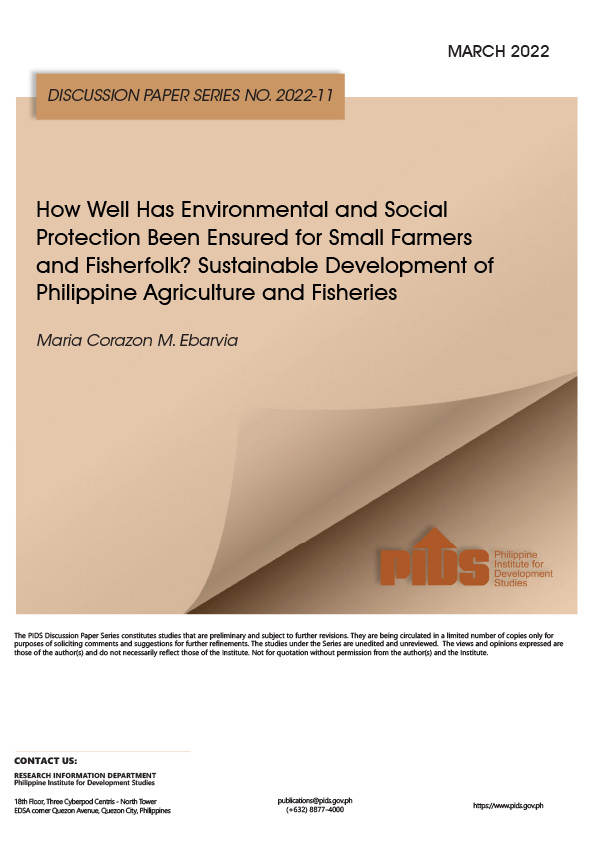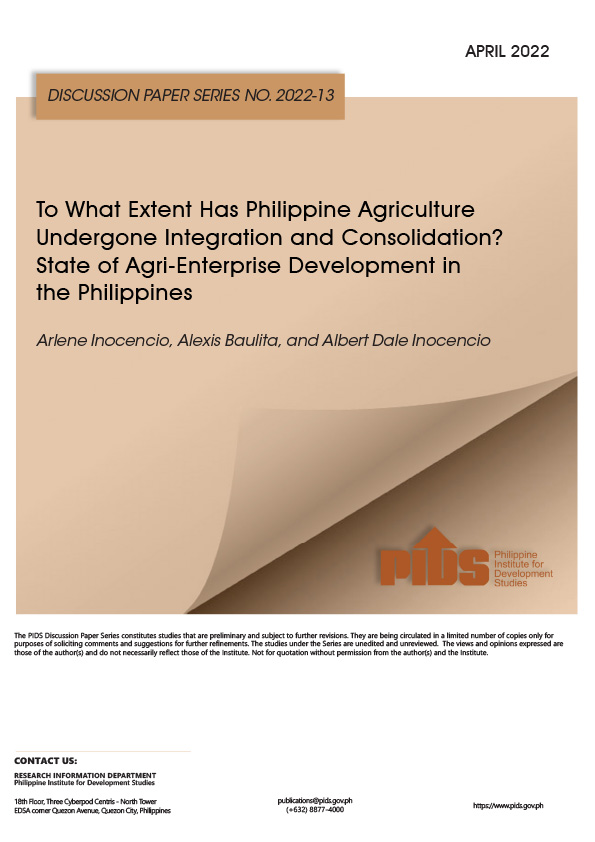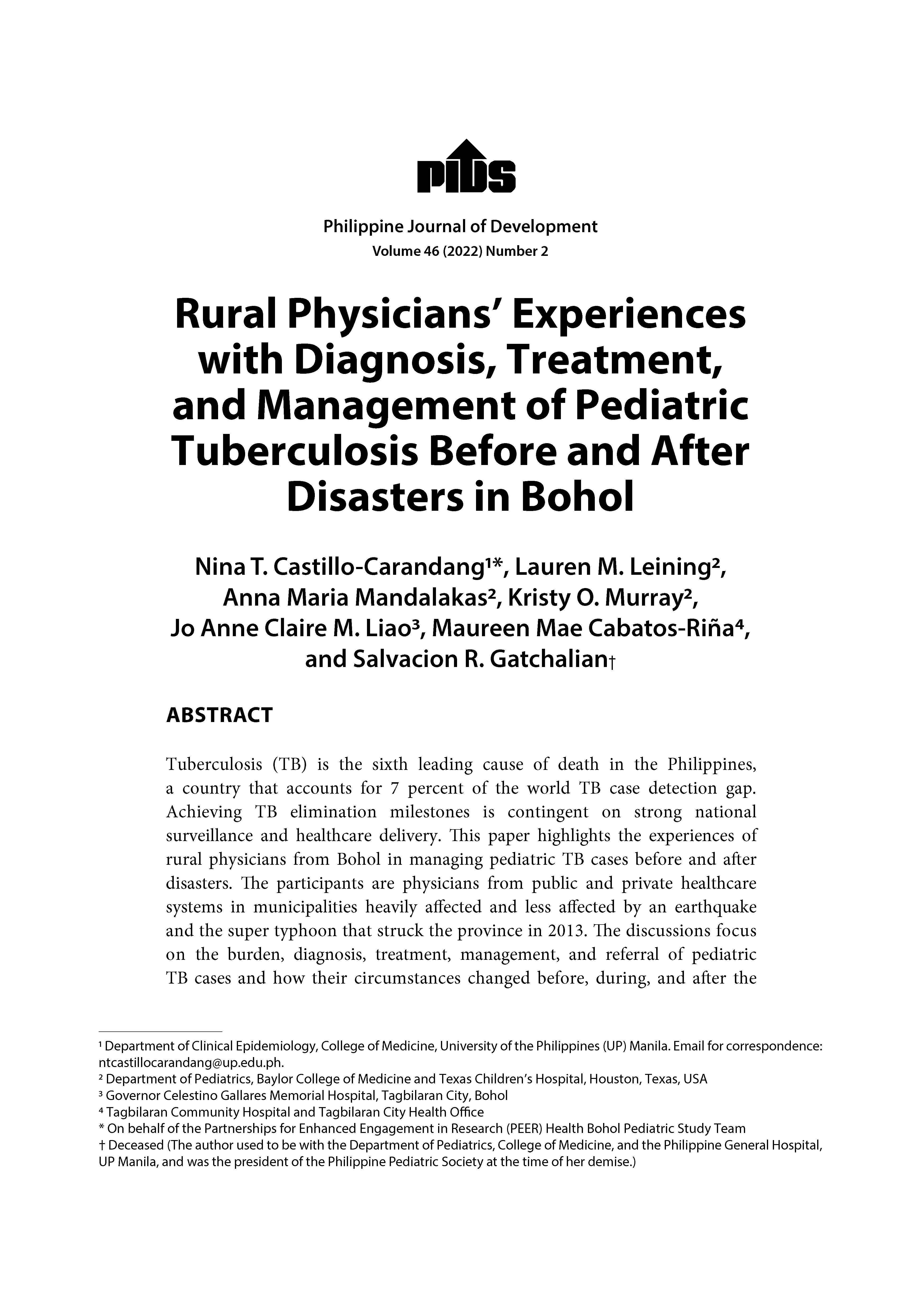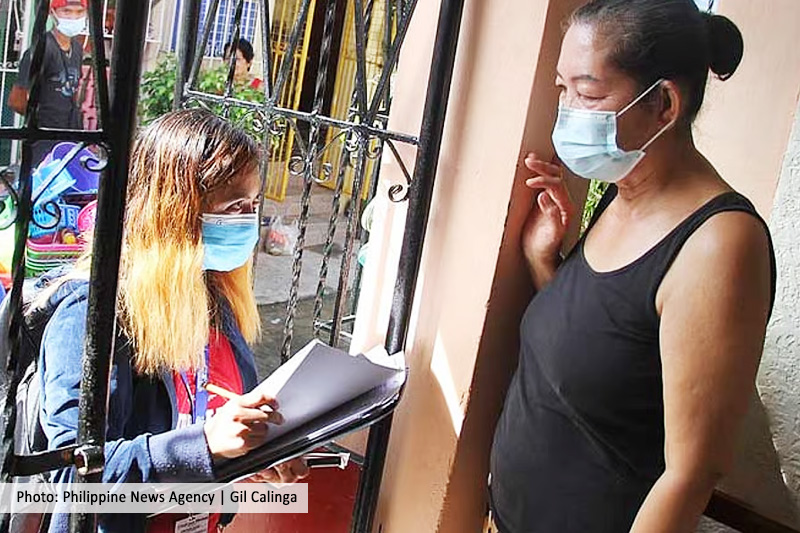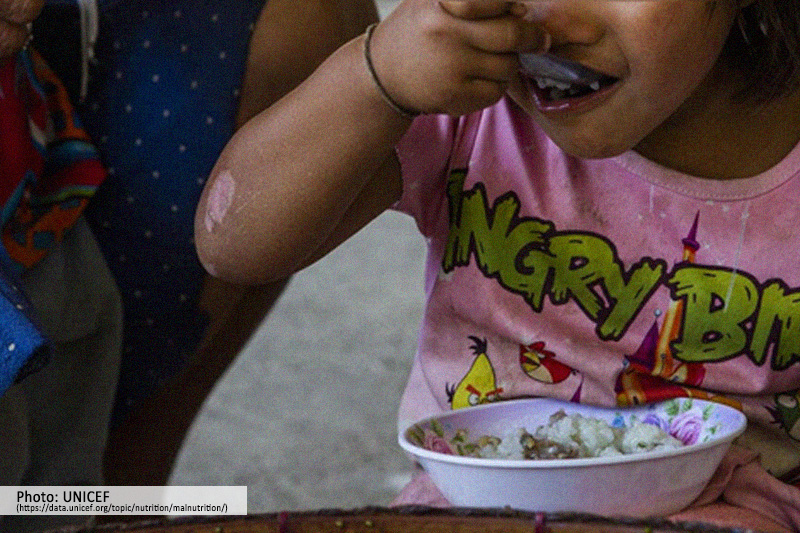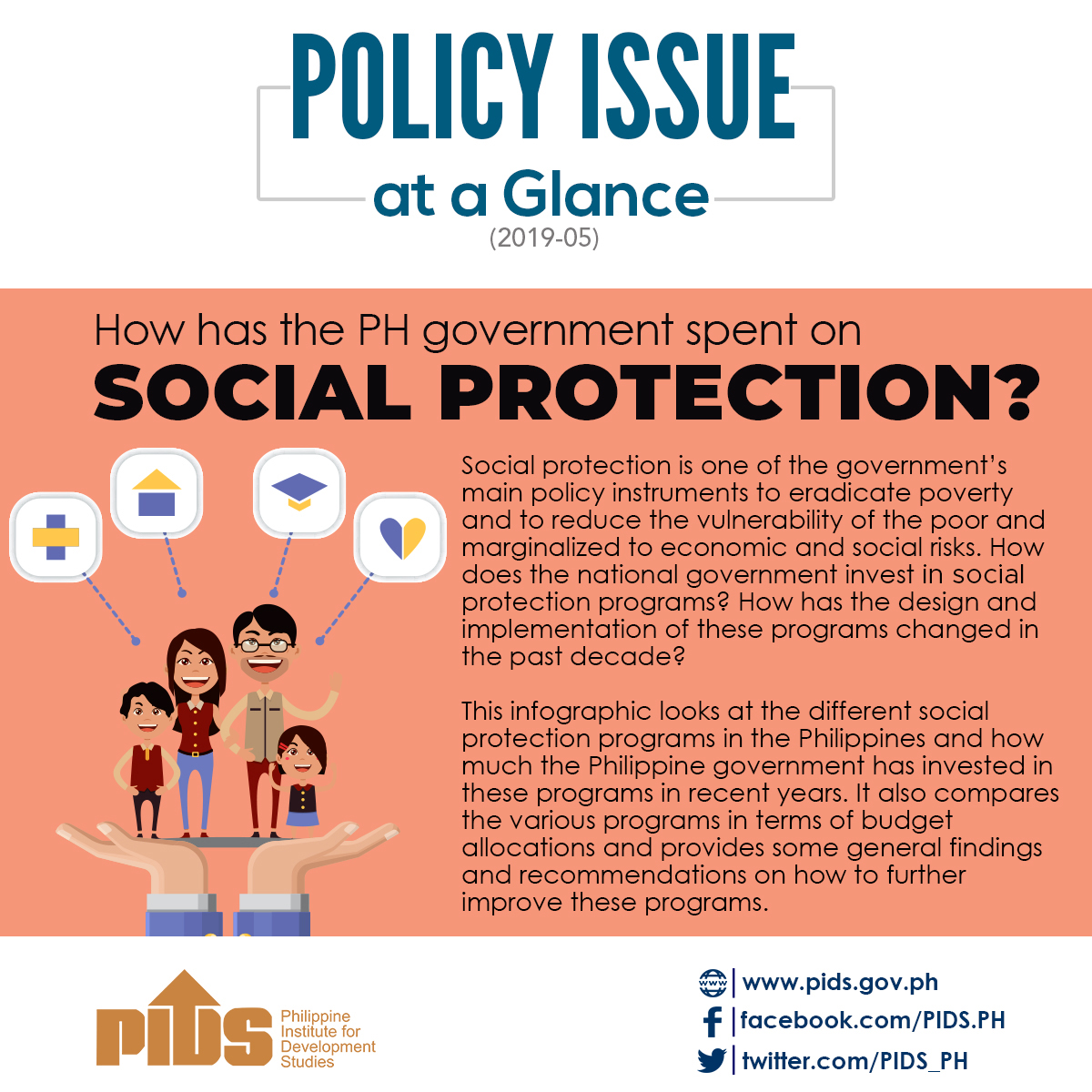ALL 21 member-economies of the Asia-Pacific Economic Cooperation (APEC) forum continue to push forward a plan to become a Free Trade Area, an official said during a press briefing yesterday afternoon.
But one of many interesting highlights of this year’s meetings is an increased focus on helping weave micro, small and medium enterprises (MSMEs) into the fabric of global trade.
"We’re spending a lot of time looking at small and medium enterprises. Actually, the Philippines has changed the debate a bit,” said APEC Secretariat Executive Director Dr. Alan Bollard.
Efforts to connect MSMs to "the driving forces of the international economy” range from helping them gain access to free trade areas and pushing for more efficient electronic commerce, to enabling access to finance.
"And this has come together in the Boracay Action Agenda. We’ve just had presented to us a report from the Philippines on the potential gains that are out there. If you can integrate micro and small business more into the economy, some of those gains are quite large,” Bollard said.
At the same briefing, Dr. Bollard also said a study on the possibility of creating a Free Trade Area of the Asia-Pacific (FTAAP) started last year.
This is jointly chaired by mega economies China and the United States. APEC leaders first formally discussed the idea in 2010.
Findings of the study will be reported to trade ministers early next year and the final study report will be presented to APEC economic leaders in Peru at the end of 2016. Peru will host the next round of APEC meetings.
"(They) could say it’s a bad idea or that it needs more work or we could start negotiating with APEC member-economies when it gets approval,” Dr. Bollard added.
A Free Trade Agreement involves cooperation between at least two countries to reduce trade barriers and to increase the flow of goods and services with each other. Trade barriers usually come in the form of tariffs. With reduced tariffs, prices of goods can go lower as more goods and services come into the country.
Plans to create an Asia-Pacific free trade zone also came up during one of the APEC meetings in Boracay last May. In a report shortly after that meeting, the Philippine Institute for Development Studies (PIDS) pointed out that combined, the APEC economies "control half of world trade and account for 60 percent of the global economy,” apart from having nearly three billion consumers.
Full integration of the Southeast Asian economies later this year can be considered one of the pathways to creating an Asia-Pacific free trade area.
But the PIDS also pointed out that the Regional Comprehensive Economic Partnership, led by the Association of Southeast Asian Nations (ASEAN), needs to converge with a separate free trade agreement led by the United States.
Bringing together the US-led Trans-Pacific Partnership with the ASEAN-led regional economic partnership would link the economies of US and China. Without that, "the FTAAP project would be incomplete.”
As host, the Philippines has also identified creating resilient economies as a priority.
"The Philippines has clearly led the way, having learned to cope with a number of natural disasters over the years. We are talking about disaster risk financing, disaster insurance, how to ensure we can get equipment quickly into countries and across borders when there is a natural disaster, and how to share information on experiences around the region,” Bollard said.//
Related Posts
Publications
Press Releases
Video Highlights
[No related items]

